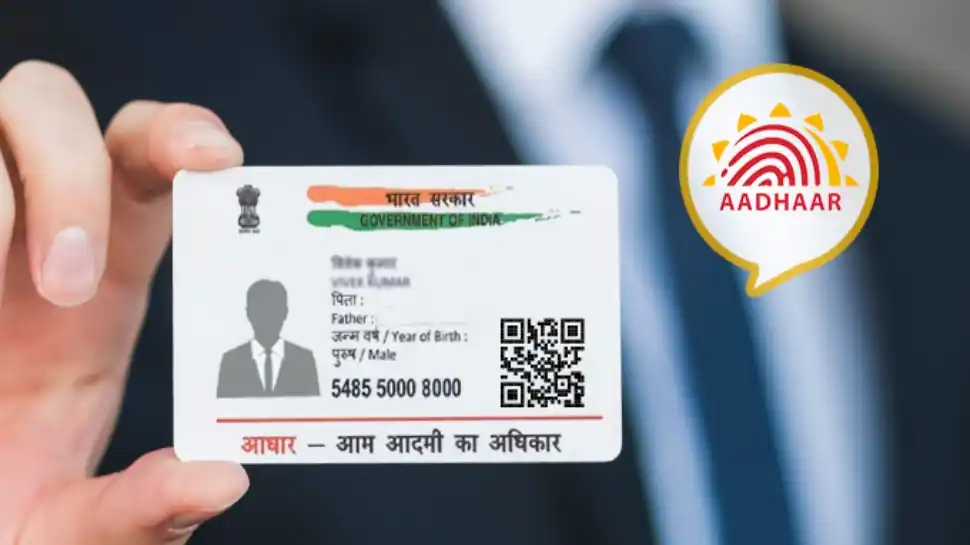Governments around the world have been implementing and enabling the digital transformation of public services. More and more public services are being offered through online platforms based on GAAP architecture. These public services have been transformed into digital spaces to improve efficiency and convenience for both the governments and users. A digital public service delivery system significantly reduces the paperwork, wait times and improves the efficiency of the government system, saving a lot of time and money. No longer is a person required to spend an entire day in a government office to get his/her papers done or avail a public service, he/she can simply go to the digital platform and avail the service in their own time without having to waste a day. It also significantly improves the efficiency of government departments as instead of providing services to one person at a time, the GAAP-based public service is capable of handling thousands of users simultaneously.
Centralized digital IDs have been instrumental in ensuring the delivery of public services. Any public service platform requires you to prove your identity much like any private service platform where you use your id and password to log in to avail of their services. To log on to a government service platform you must possess a valid digital ID which the public service provider can use for electronic authentication of your service request. Your identity is a major cornerstone for most transactions that occur in the digital space and to avail a public service, the government needs to know the identity of the person availing a public service to maintain integrity and security of the data and the service being delivered.
Digital Transformation of Public Service
Digital transformation and digitalization are key to the economic progress of a country. Digital public services are used heavily with more and more digital services being demanded by the ever-digitalizing economy. The speed and efficiency of public service delivery affect the speed and cost-effectiveness of the private sector. Digital transformation of government services is the pre-requisite of the fourth industrial revolution, as it significantly decreases costs and speeds up the process of granting permits and applications.
Countries like the Republic of Korea, United Kingdom have speeded up the adoption of digital technology which has, in turn, fuelled their economic growth. The government of the United Kingdom was able to save £42 million in the initial year of the launch of its gov.uk website. The website serves as a single-window information and service hub where you can avail yourself of any public service you want or look for public data and information on any sector.
In Turkey, the GAAP offers government data from different sources in a consolidated form on a single platform allowing citizens to access and avail themselves of the various and schemes. In the US, the use of AI in digital transformation and digital services can free up as much as 30% of the government workforce which will lead to reduced operating costs and faster service delivery times. The US has been using digital platforms to offer public services on mobile platforms using apps to provide information and services like never. Digital public services have boosted government efficiency in the US by reducing paperwork and allowing citizens to ask questions and find answers by simply using their smartphones than investing 20-30 minutes to have a conversation with a public information officer.
The Need for Centralized Digital IDs
Estonia offers more than 160 government services from voting to paying taxes to the registration of property to 1.3 million people by using digital identification cards. Their X-Road initiative allows for fast and efficient data transfer between the government, individuals, and the private sector, decreasing the time it takes to avail services, get permits and start an economic activity. Without a centralized digital ID, it may take weeks or even months to authenticate the identity of applicants and communicate acceptance or delivery of service to the concerned private entity.
Singapore too uses a National Digital Identity to its citizens who then use it to prove their identity digitally and avail public services and enter transactions with both public and private sectors.
The Indian government uses the Aadhaar number provided by the Unique Identification Authority of India to the Indian citizens based on their biometric data. The biometric data of the citizens along with their identity documents and records like, birth certificates, place of residence, PAN number, etc create a digital ID that can be used by the citizens for availing any digital service in the country. This digital ID is also used for setting up bank accounts and availing of fintech services such as digital payments and internet banking.
Using centralized digital IDs makes it easier to make digital transactions and avail fintech services on digital government platforms and use the public services within the digital ecosystem. The digital ID system first and foremost establishes your credentials which is of utmost priority in a digital space as there is no physical interaction and thus leaving digital ID the only way to ascertain your identity.
Digital service saves time, paperwork and makes services far more efficient. A centralized digital ID works in complement to the digital government ecosystem as it makes sense to assign a centralized digital ID to all citizens using a government platform for various services so that the government can keep a record of the services rendered and create a public database for developers to use and create digital solutions and innovations in digital technology.
Identity is the basis of many social and financial transactions and as such digital IDs fulfill that need in the digital space. Proof of identity is required in such transactions because identity constitutes a major part of the conditions that are required for the transaction to take place so that repeated transactions can be facilitated, and services and products can be delivered upon confirmation of identity.
Conclusion
In the modern digital world where physical interactions between the service provider and the user are limited, the need to prove your identity is immense to avoid misuse, discourage malicious actors, and prevent identity theft. A centralized digital ID can provide the required credentials to show that you are who you claim to be, and this ID acts as an enabler to help you avail public services like healthcare, welfare schemes, insurance, permits, digital licenses, digital payments, etc.
References
[1].https://www.apo-Tokyo.org/publications/wp-content/uploads/sites/5/Digitalization-of-Public-Service-Delivery-in-Asia-final.pdf
[2].https://www.tech.gov.sg/media/technews/the-importance-of-a-digital-id-in-delivering-digital-services
[3].http://www3.weforum.org/docs/WEF_A_Blueprint_for_Digital_Identity.pdf
[4].https://www.mckinsey.com/industries/public-and-social-sector/our-insights/how-governments-can-deliver-on-the-promise-of-digital-id






Comments